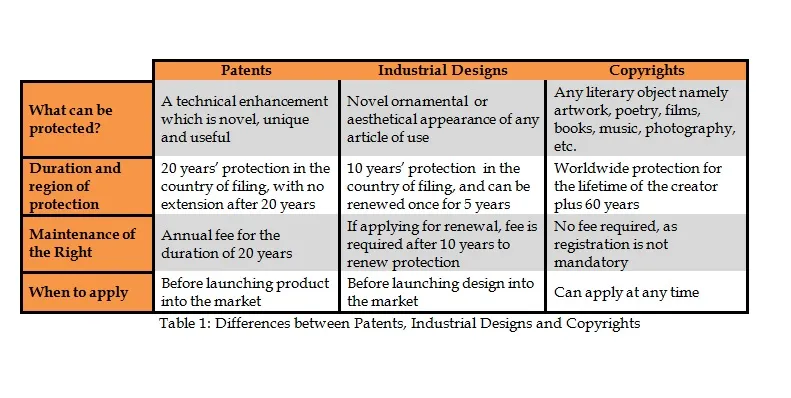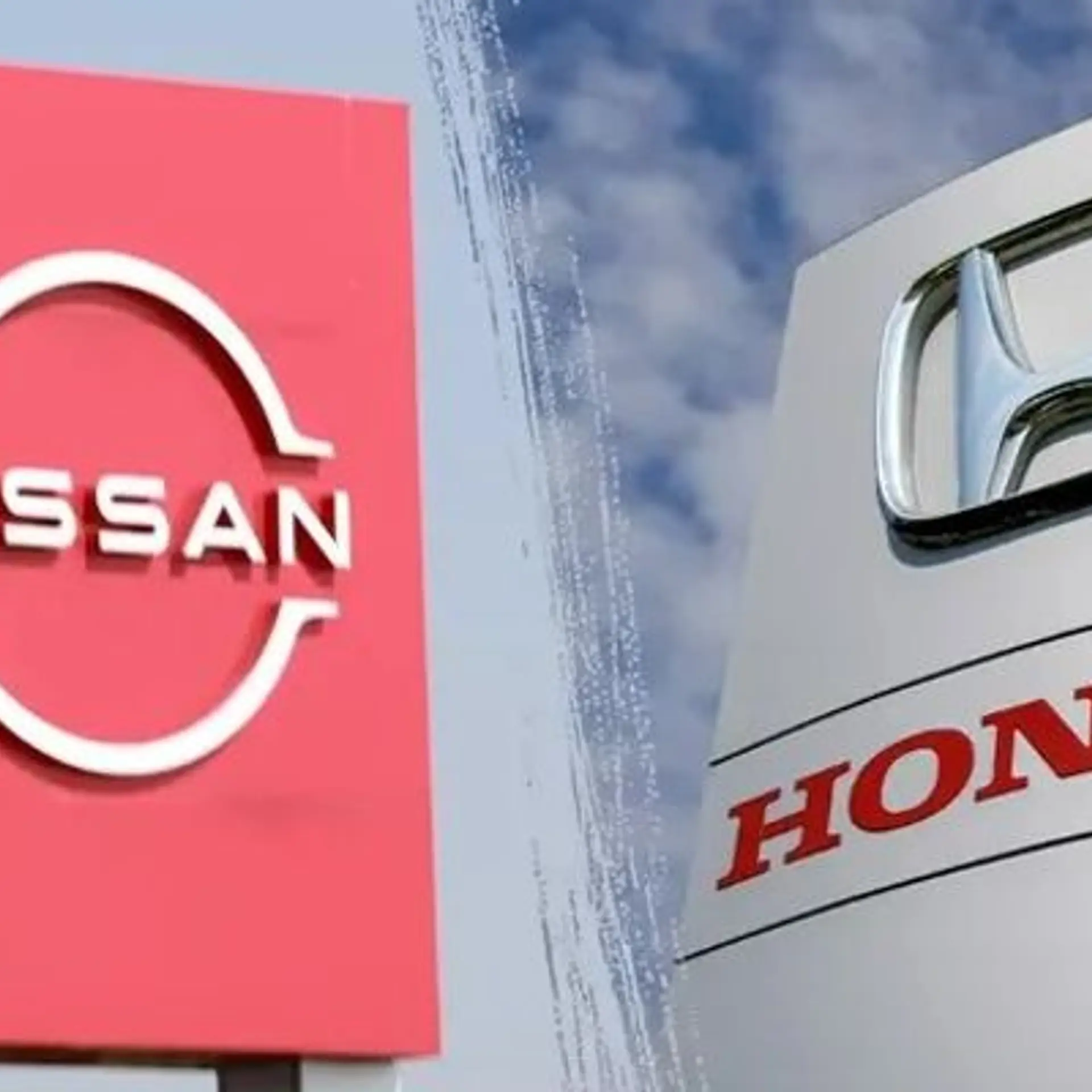What is Industrial Design protection and how can one protect their designs?
Industrial Design protection is provided for a shape, configuration, surface pattern, colour, or line (or a combination of these), which, when applied to a functional article, produces or increases aesthetics, and improves the visual appearance of the design, be it a two-dimensional or a three-dimensional article. As per Indian Law, under the Design Act of 2000, Industrial Design protection is a type of intellectual property right that gives the exclusive right to make, sell, and use articles that embody the protected design, to selected people only. Protection rights are provided for a period of 10 years. They can then be renewed once for an additional period of 5 years. Design protection provides geographical rights, like Patents and Trademarks do. To obtain Design Protection in India, the same has to be registered in India.
The pre-requisites for a design to qualify for protection are as follows:
- It should be novel and original
- It should be applicable to a functional article
- It should be visible on a finished article
- It should be non-obvious
- There should be no prior publication or disclosure of the design.
How to obtain Industrial Design protection in India?
The application procedure for Design protection is fairly simple. The Design office provides a paper filing option as well as an online filing option. All designs are categorized as per the Locarno Classification for Industrial Designs, and filing is done as per the class that pertains to the design in question. An application is to be submitted to the design office with the desired designs, with a classification code and a description of the design. The application then goes through an examination process, after which the applicant receives a communication from the Design office regarding any objections, if present. After rectifying the application based on the objections and responding to the Design Office, the application will be granted if all the requirements are met. Once granted, and if there is no objection from any third party sources, the design is exclusive to the owner for the time period mentioned above.
Difference between Patent Protection and Industrial Design Protection
In some cases, a question may arise as to which type of protection to opt for; it is ambiguous as to whether industrial design protection, patent protection or copyright protection would be more relevant. For this reason, here is a detailed difference between patents, industrial designs, and copyrights, in order to give you a basic understanding of the main aspects of each.

Why should one look into filing for Industrial Design?
The outer appearance of a product makes it visually more appealing and attractive. This acts as a value-adding aspect, which in turn increases the marketability of the product. This leads to the need to protect your creation from third parties’ use, in order to prevent them from taking advantage of your rights in this world of competition. In many cases, the design itself becomes the identity of a brand. Some of the most famous examples are Coca Cola’s contour bottle, the contours of the iPhone/iPad/iPod, and the shape of the Volkswagen Beetle and the Mini Cooper.
When a product’s design is protected, it stops illegitimate products from destroying the brand’s efficacy and safety. Protection of industrial designs also encourages creativity in the manufacturing and industrial sectors, which leads to an expansion in commercial activities.
The old saying goes ‘the first impression is the best impression’. In the case of a product, the first impression is inadvertently made by the appearance of the product, before the user even explores its functionality. In this era of creativity, aesthetics and presentation, the overall design and visual appeal of any product is very significant. Hence, the ability to design a creative appearance is a marketable talent in itself. So why not protect your creativity and efforts, without allowing others to use your novel creations? Think beyond just functionality, and look into eye appeal too!
About the authors:
This post is co-authored by Gaurav Singhal and Ananya Dhuddu. Gaurav is the Director and Principal IP Attorney at Patracode Services Pvt Ltd. A B.Tech in Computer Science, LLB from IIT-Kharagpur and Masters in Business Laws from National Laws School of India University, Gaurav has been working in the IPR field since many years. Ananya Dhuddu is an IP Analyst at Patracode Services Pvt. Ltd. She is a Life Sciences graduate from Pennsylvania State University, USA. She holds a PG Diploma in Medical Law and Ethics from National Law School of India University, Bangalore and a PG Diploma in IPR and Patent Management from GIIP, Bangalore







